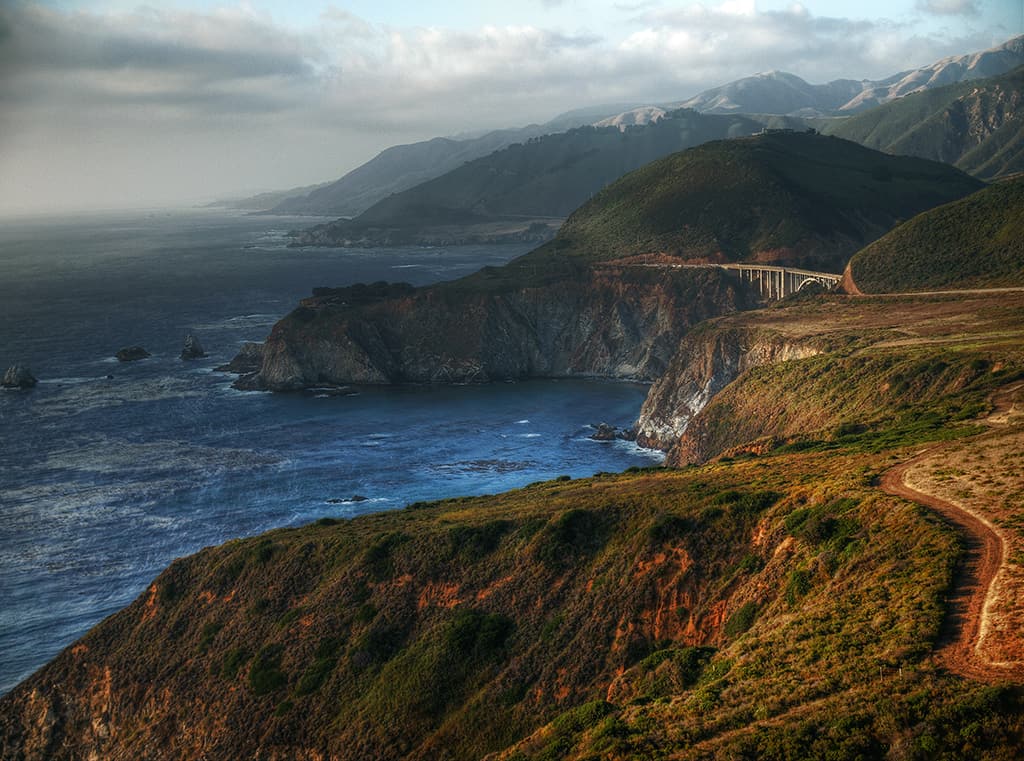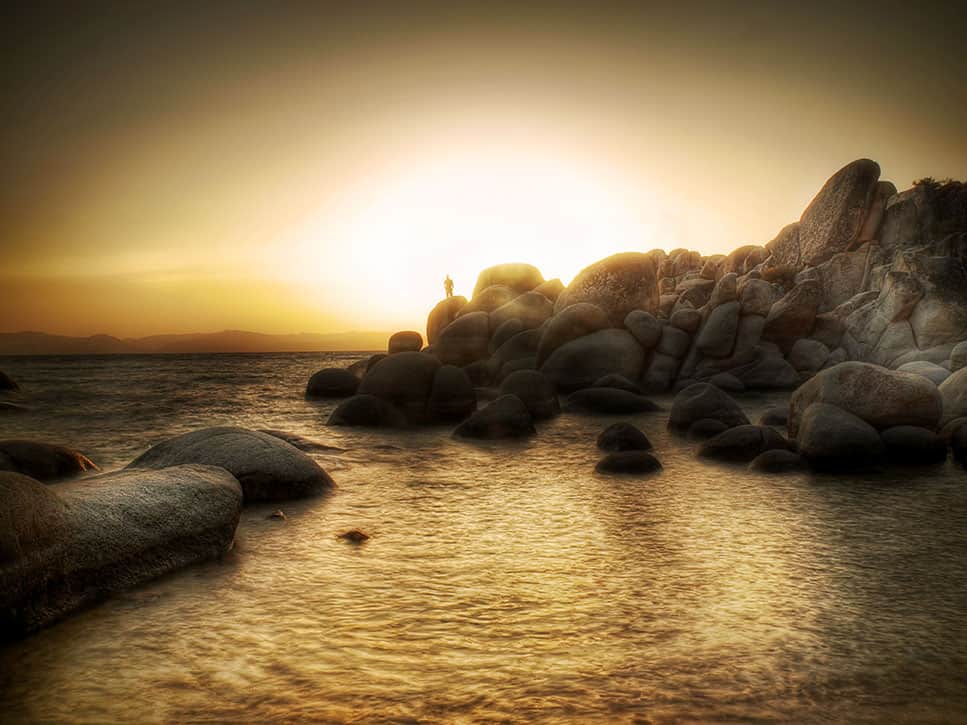Find Your Style and Elaborate On It
In Part 1 of the series we discussed the importance of finding your style and not getting wrapped up in the styles of others. Finding a unique style is tricky at first and is not something that happens between a 1 week post! This can take days, weeks, months, or even years to find. It is a growing process, as you grow in your knowledge of photography and post processing your style gets closer and closer to being revealed. You may see glimpses of it coming out as you get better at processing.
How do you know when you’ve found it?
For some this is easy to answer, for others it takes a lot more time and soul searching. I knew it the moment I made the image below. This is when my style began to develop. When I made this image it moved me. Not the image or the landscape, but the process I took to make it. It all just clicked. All at once.

What I remember most about this image is that I used the Tone Mapping process to enhance the scene and bring out the qualities of the light that evening. Before this image I used Photomatix to make images appear grungy and I thought the grungier the better. I never thought about using it for its ability to make a decent HDR image that could be modified at greater lengths on Photoshop.
What was happening was I was separating my Artistic Expression from the Technical Aspects of the tools. Lets face it, Photomatix can create some wild images, but don’t let these technical flaws dictate your style! Your ‘style’ is not heightening the tone compression and decreasing the micro smoothness on every photo. Those are technical decisions that can often make less than desirable results.
Your style comes out when you know exactly ‘why’ you are doing something which is much more important than knowing ‘how’ to do something. Of course, you have to make some less than desirable decisions to finally come to your style, that is the nature of the beast. With practice comes perfection, or at least it provides the map to the never ending road of perfection.
Even after creating the image above, I felt I was on the right path. I wasn’t quite all there, but I knew my style would start leaning toward this look. As I stated before this requires separating your personal Artistic Expression from the Technical Aspects of the tools. You should always be considering your Artistic Expression with every technical stroke. Literally ask yourself, “If I move this slider to the left or right does it add to the expression I want to create?”
You should be considering a lot of things here. From the easy ones like tone and color, to the more difficult ones like the story the scene is telling. It is hard to fathom, but a single technical stroke can change the whole story within the image you are editing.
Becoming cognizant of your technical decisions and the affect they will have on your images is the first step in recognizing your style. Now you just need to elaborate on it. Your inner artist will be well on its way!










Thanks for this series; so few photographers discuss this key element of our work. I’ve found the technical piece easy … the part where I use it to express my creative vision is a longer, tougher road.
Thanks Katherine! It is very difficult to discuss these topics as they are very subjective in nature. The Concrete and measurable is easy, the hard part is the stuff that has no measure of “Greatness” or “Success”. The creative vision is definitely a hard road to go down.
Thanks for this continuing series. It’s quite inspirational. In fact, I’d like to post the following quote near my computer monitor. Thank you.
“Your style comes out when you know exactly ‘why’ you are doing something which is much more important than knowing ‘how’ to do something.” – Blake Rudis
Sweet! I have been quoted 🙂 Thanks for making me feel important! I appreciate the feedback, this is a topic I feel very strongly about.
I find this topic very interesting and informative. I have been working on developing my style for a while. I find that knowing when to separate your personal taste from the technical aspects of the tools is an important factor and consideration in trying to achieve my style. I’m not quite there yet but with articles like this I am know that with time, practice and helpful insight like this that I am on the right path and closer to achieving my individual style.
One of my issue’s with developing my style is that not all people have the same taste when it comes to a persons style and it seems to hinder my thinking if I am achieving an acceptable style. I guess this is where the knowing the “why” you are doing something is important, because it is a personal decision with trying to achieve an intentional quality that you are trying to convey.
Thank you for you keen insight into the topic.
I learned to shoot when all I had was a book and a 35 mm camera. I’m self taught and over those years I worked hard to capture what I “saw”. When I was forced into digital, I took some courses at our local community college with emphasis on artistic design. It shocked me when my instructor informed me that, after 2 weeks, he could pick my photos out from the whole class. I had developed a style of my own never realizing it.
Learning more about dry lab techniques in Photoshop has allowed me to express what I see more artistically. The more I learn the more satisfied I become with the results.
It has taken a long time for me to call myself a photographer let alone an artist. I’ve never really gave those labels much thought (just like developing a style). You have given me much to ponder.
Keep up your great work!
Blake,
You have taught me so much, I cannot thank you enough. Because of you, regardless of my health situation now, I have decided to get back into photography.
we are going to CO in July to shoot some awesome (I hope) landscapes..
I am extremely lucky to be a part of Blake’s’ PACK.
That is so great to hear! Glad that burning passionate fire for photography cannot be put out by a measly health condition! It’s the other way around… I am lucky to have people like you in the Pack!